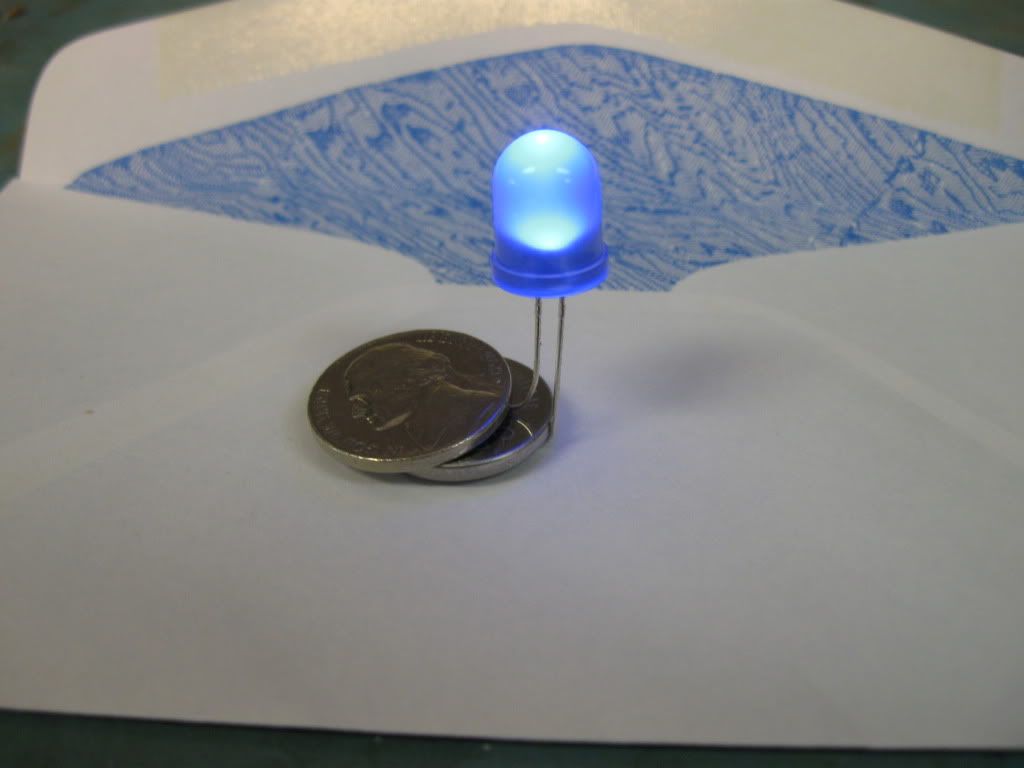
Posted on 08/09/2012 5:08:13 AM PDT by Wonder Warthog
After decades of wandering in the scientific wilderness, cold fusion may be returning to the land of the acceptable.
It's been more than 20 years since esteemed researchers Stanley Pons and Martin Fleischmann electrified the world with news that they'd observed low-energy nuclear reactions, or LENR, at the atomic level that generated excess heat, holding out the promise of "cold fusion" that did not require the blast furnace of nuclear fission as part of the energy-creating process.
Cold fusion is, conceivably, a third type of nuclear reaction (after fission and so-called hot fusion) that somehow occurs at relatively low temperatures. When Pons and Fleischmann, two of the world's leading electrochemists at the time, reported in 1989 that their tabletop, experimental apparatus had produced anomalous heat that could only be explained by some sort of a nuclear process, the race to define or explain cold fusion began. Pons and Flesichmann also reported that they'd observed small amounts of nuclear reaction byproducts.
However, because the Pons-Fleischmann results couldn't be repeated consistently--and since it was also discovered that they had not, in fact, observed any nuclear reaction byproducts--cold fusion has largely been rejected, and Pons and Fleischmann discredited, by the mainstream scientific community.
While there have been sporadic reports of LENR findings of "excess heat"--basically, that "something happened" that defies explanation--there is still no generally accepted theoretical model of cold fusion.
In fact, the notion of "cold fusion" can be something of a dead end, with virtually no one interested in funding serious research in the effort and reputable scientists leery of ruining their careers by pursuing what some might consider alchemy.
Two separate Department of Energy panels (first in 1989 and then again in 2004) largely dismissed the cold fusion theory and recommended against any sort of a new DOE program to adequately study it, although both did indicate that some sort of modest financial support for small experiments might be warranted.
Despite all this, the hope that cold fusion somehow works and that clean, abundant, free energy might be just around the corner has been an alluring siren call for a few researchers working quietly in the past two decades. And now, it seems, some relatively interesting players seem at least willing to test the waters to finally determine whether cold fusion is real and can be modeled and tested properly with real equipment…or whether it's just a myth after all.
The notion that some big players are showing interest in LENR has set the small community of researchers who have continued to investigate cold fusion buzzing. LENR is real, these researchers claim, even if cold fusion research is almost never published in peer-reviewed scientific journals. In short, they've been asking places like DOE or others to jump in the water with them and see if more than 100 largely unsubstantiated (and non-peer-reviewed) reports of observed excess heat effects by some unexplained interaction of hydrogen or deuterium with metals like nickel, platinum, or palladium mean something.
This small community of researchers working with tiny budgets claims that to have made substantial progress in the past few years. But it can't explain the observed effects within the current standard model. And no one can explain how transmuting one material into another at the nuclear level--e.g., nickel nano-powder and hydrogen into copper at low temperatures (freeing up excess energy at the atomic level with no harmful nuclear byproducts or radiation)--is feasible or even possible. But that hasn't stopped the patenting process, and there are a few now that explore LENR systems that use this process in concert with electromagnetic stimulation.
But what has inspired hope within this small community are several recent developments: LENR demonstration projects recently initiated at respected places like MIT, the University of Missouri, and the University of Bologna; public presentations by executives at one of the world's largest instrument companies, National Instruments, apparently designed to attract the top LENR researchers into a project to test and quantify observed LENR effects; and a July report from the European Commission's research and development center that LENR at least has sustainable future energy technology potential.
But near the top of the cold fusion research community's hit parade are musings from NASA, like the fact that the agency apparently filed two LENR-related patents last year and that a leading NASA scientist has indicated that LENR is real enough to pay attention to and study. Boeing and NASA may even be testing aircraft using LENR or other similar concepts.
The benefits of LENR would be obvious: It would be green, safe, and carbon-free, capable of cheaply replacing current energy sources. The most common experimental LENR tests use nickel and hydrogen--the most abundant metal and gas on Earth--in a non-combustion process to allegedly form copper plus energy. The promise alone is almost certainly why reputable, big players are at least paying attention now.
None of this says that cold fusion is real. None of this means that senior executives at big companies like Boeing or National Instruments or senior officials at federal agencies or departments like NASA, the U.S. Navy, or DOE are willing to commit publicly to spending meaningful taxpayer dollars on cold fusion research. In fact, the Navy reportedly shut down its LENR research in California earlier this year after a news report on its efforts led to unwanted publicity.
But it does beg the question: If some big players and research agencies think LENR is real enough to study, test, quantify and even patent, is cold fusion back in the game?
The students at Leopoldo Pirelli High School in Rome, Italy, successfully duplicated the Rossi-Focardi device creating their own working nickel-hydrogen fusion system.
I call B.S., until someone shows me the neutrons.
Cold fusion is like homeopathy. There is no shortage of believers in spite of the lack of evidence.
C.W.
Media speculation on cold fusion.
Not really. Their approach is significantly different from the Rossi-Focardi approach (but still considered under the overall umbrella of "Cold Fusion"). There are others who have experimented with similar devices.
It may not be cold fusion, but if it’s not then it’s some interesting chemistry and therefore still worth investigating.
Seems to me that calling the observations “Cold Fusion” is premature and counterproductive.
There appears to be something going on. We ought to collectively figure out what it is and what the underlying mechanisms are before we hang a name on it that frankly (and perhaps unfairly) has a lot of baggage attached to it.
This states it all: “Cold fusion is, conceivably, a third type of nuclear reaction .... that somehow occurs at relatively low temperatures.”
A Miracle!!!!!
USN&WR no longer publishes their weekly news magazine.
After all the hollering about Rossi for a year or two, now that he’s supposed to be producing actual generators the press about him seems to have disappeared.
A likely source of the “excess energy” is the oxidation of the metal electrodes.
Ping!.........

I don't much care what it gets called. I'm not going to split hairs about nomenclature. My interest is in the physical evidence for the effect, of which there is a great deal.
Nonetheless....a fact.
Well, there is "something" out there that calls itself "US News and World Report". I dropped USN&WR years ago when it made the transition from neutral news source to liberal cheerleading.
Nope. WAY too much energy output for that to account for it. Read up on Celani's recent INVITED demonstartion at NIWEEK (National Instrument's "cross-fertilization" symposium).
Anomalous Heat Effects (AKA: Low Energy Nuclear Reactions)
Listen as Dr. Duncan and Greg Morrow talk about our need to expand our experimental approach to develop more research on anomalous heat effects. These effects have been referred to as ‘cold fusion’ and ‘low-energy nuclear reactions’ in the past, but these names imply an understanding of the physical origin of these anomalous effects that in fact does not yet exist. NI LabVIEW is at the heart of each of these experiments that may help develop and unravel the mysteries of the many theories.
http://www.youtube.com/watch?v=A4HG9raN_2U&feature=player_embedded
from:
Robert Duncan at NIWeek on the Anomalous Heat Effect
http://www.e-catworld.com/2012/08/robert-duncan-at-niweek/
...everybody’s a comedian... [rolls eyes]
Disclaimer: Opinions posted on Free Republic are those of the individual posters and do not necessarily represent the opinion of Free Republic or its management. All materials posted herein are protected by copyright law and the exemption for fair use of copyrighted works.